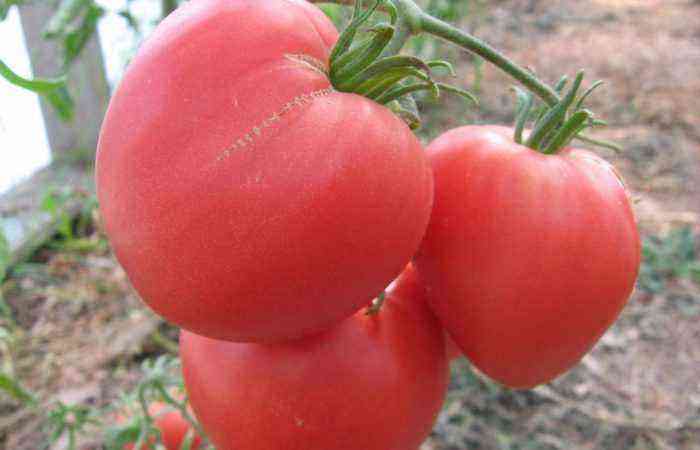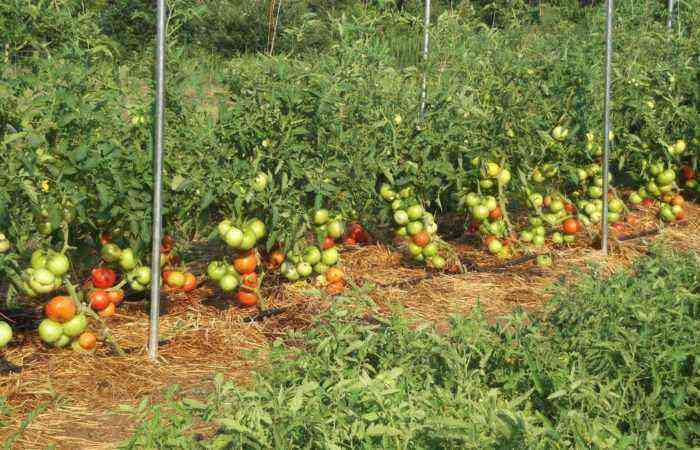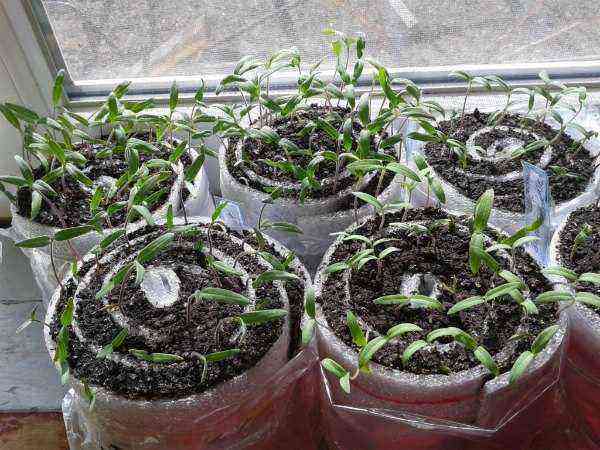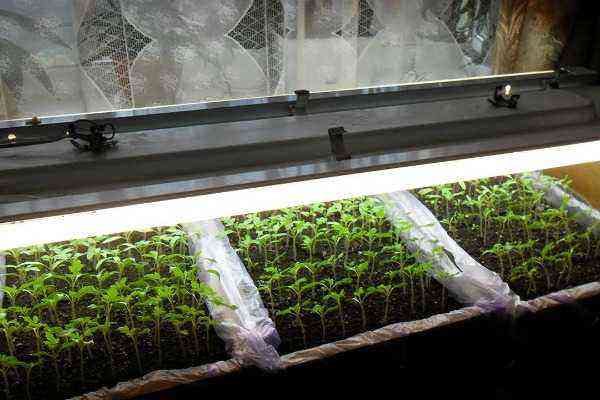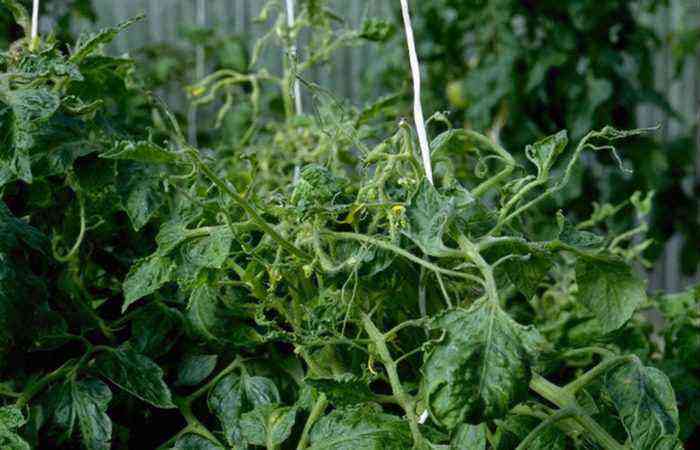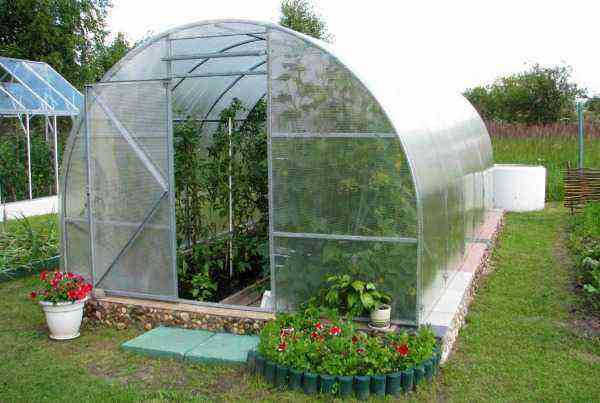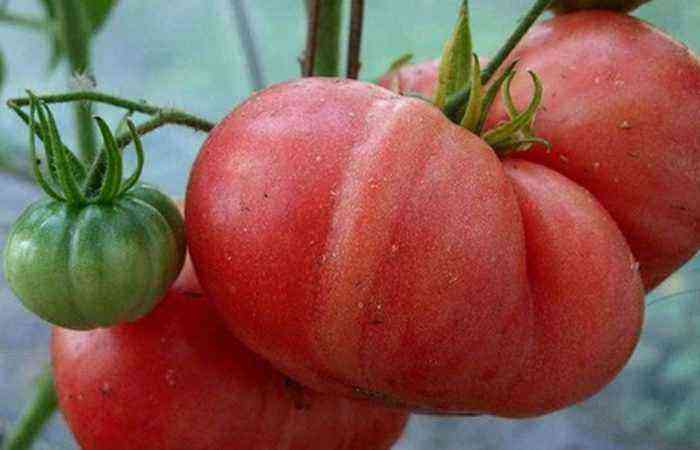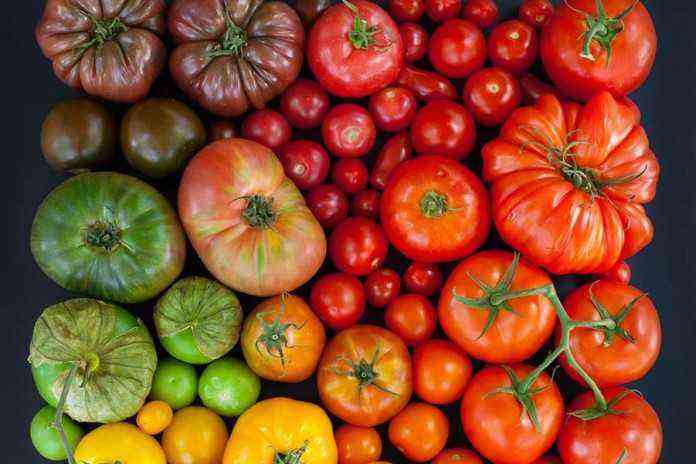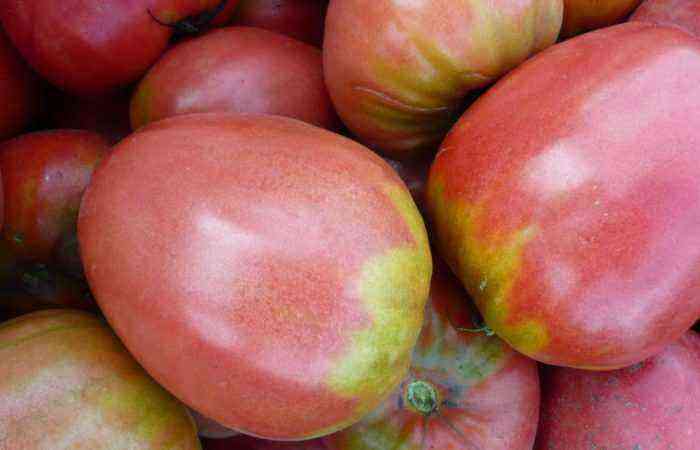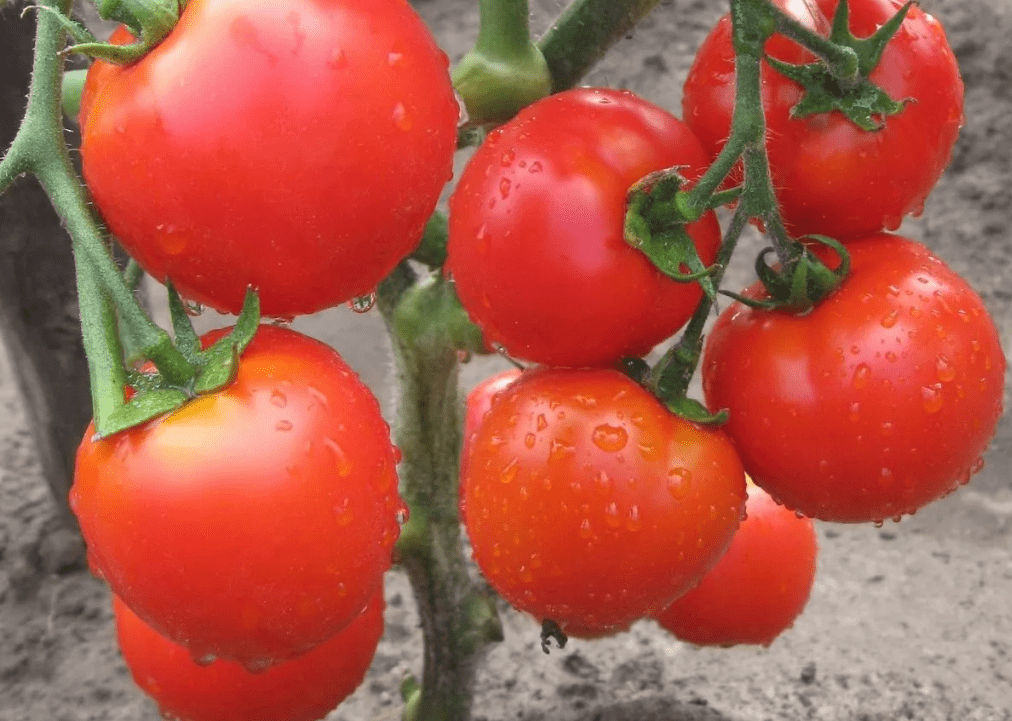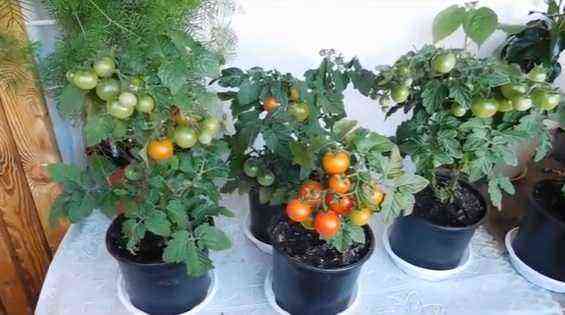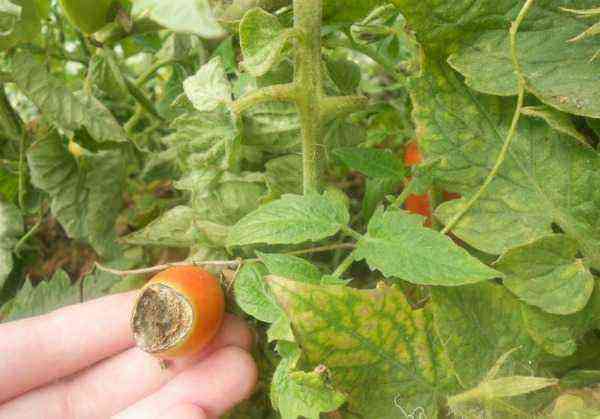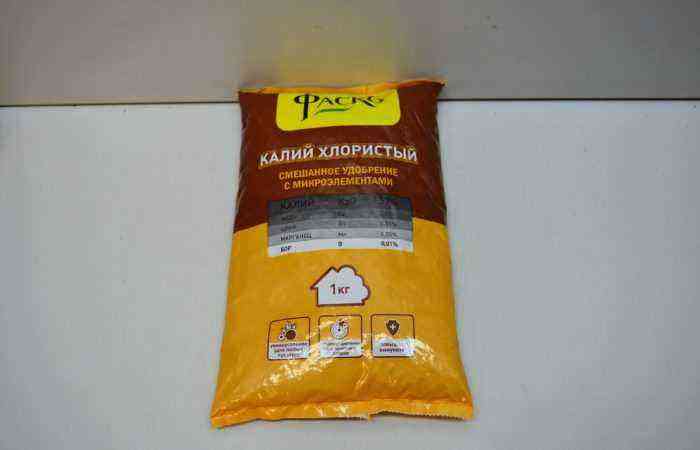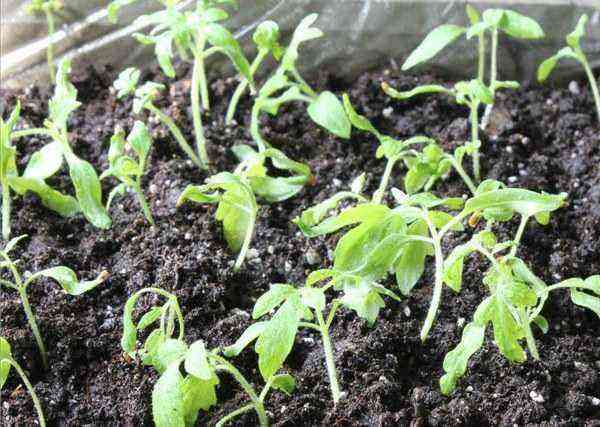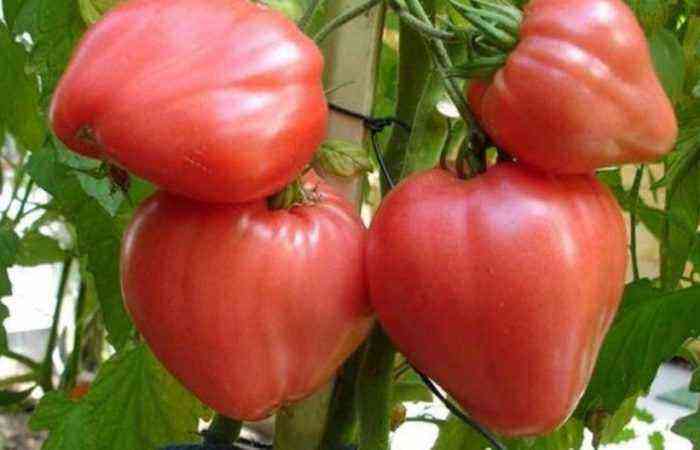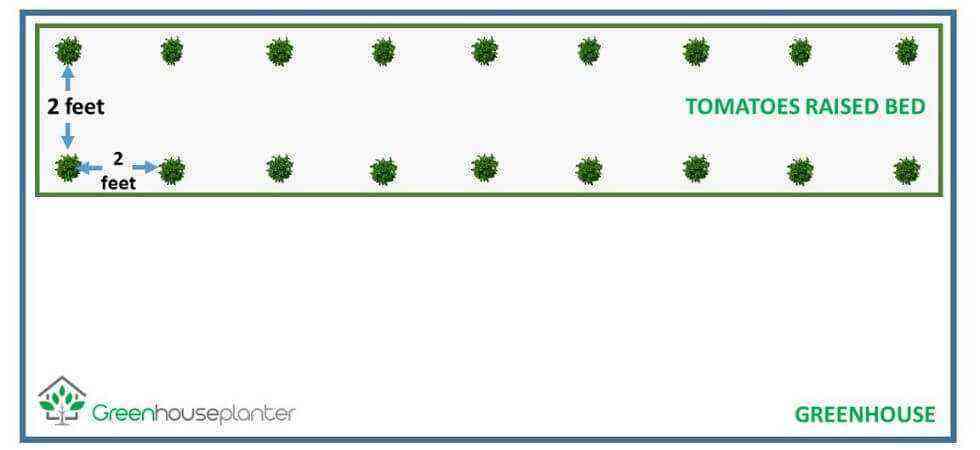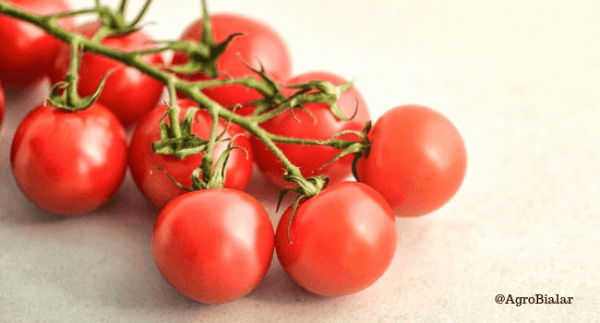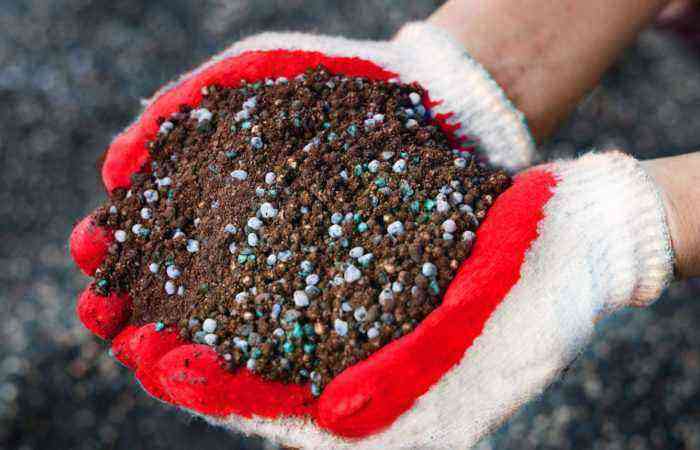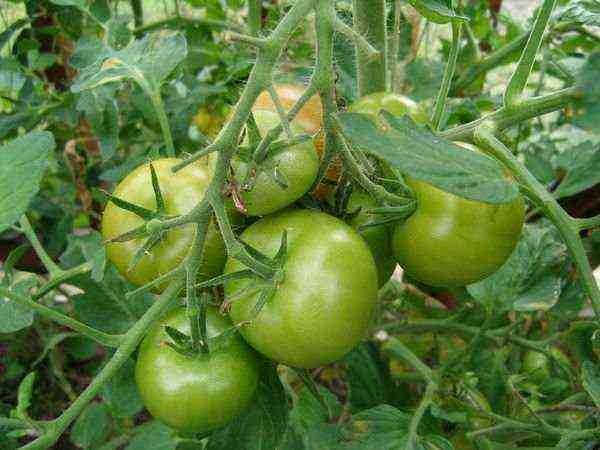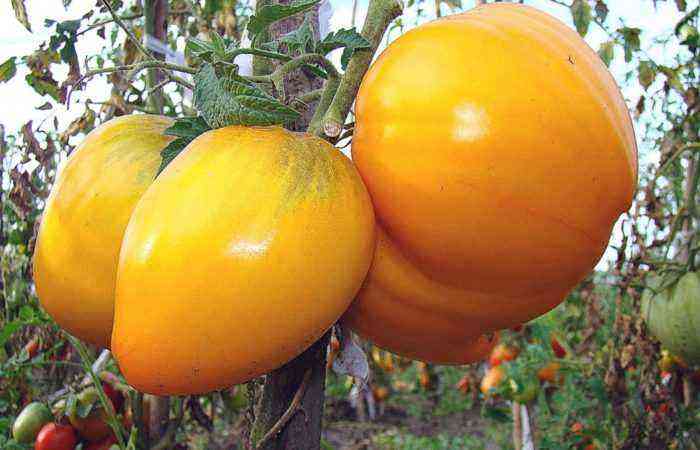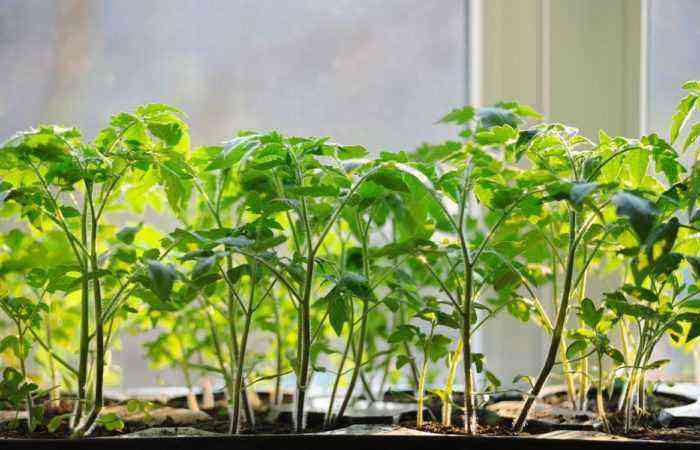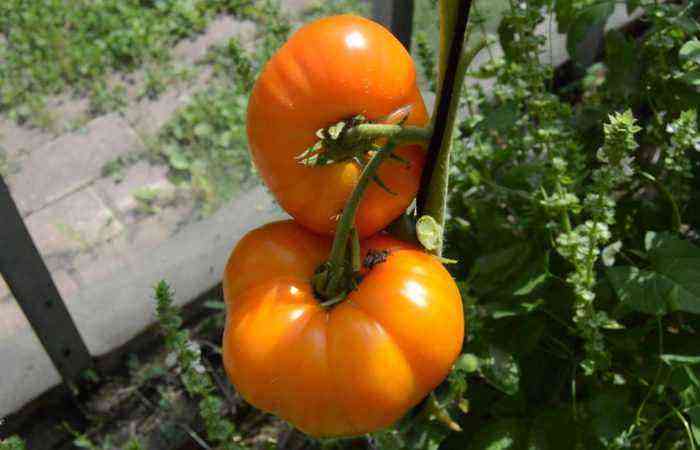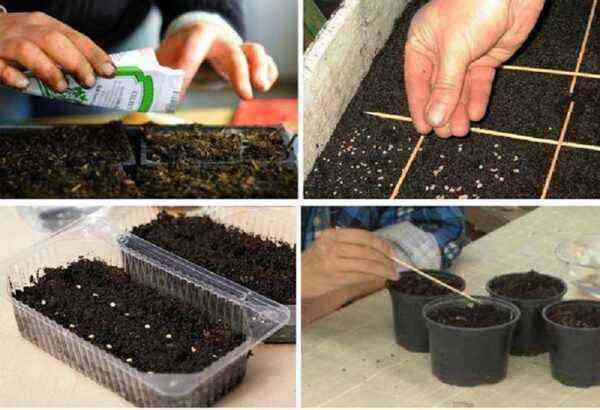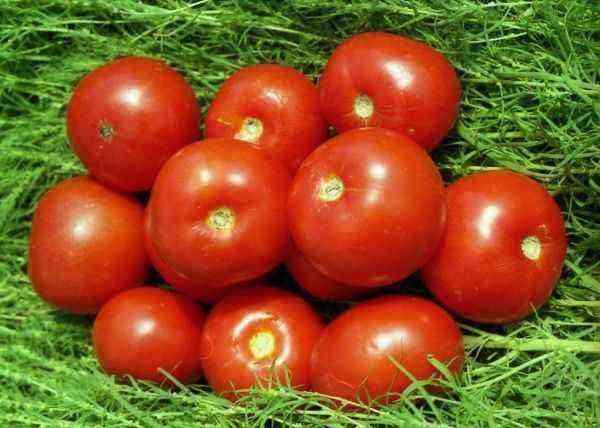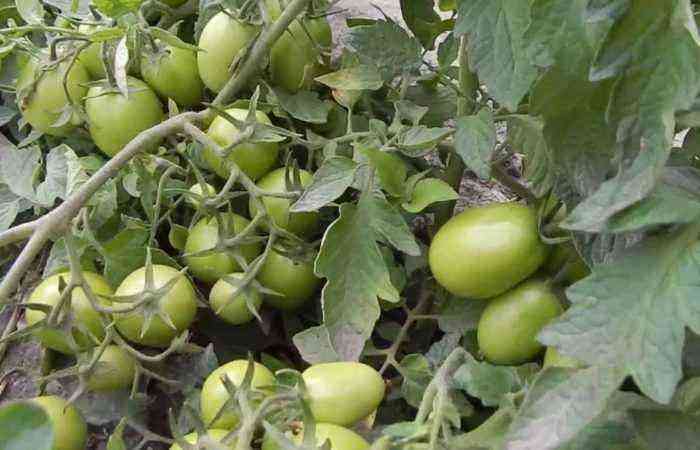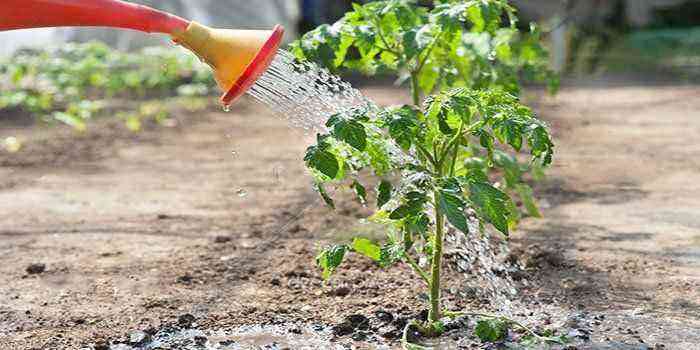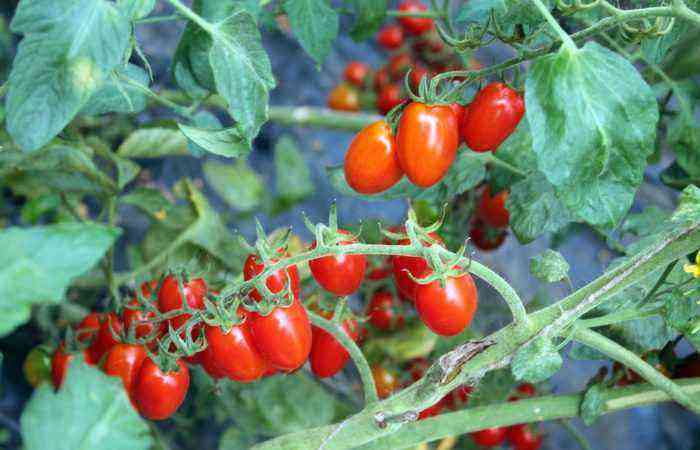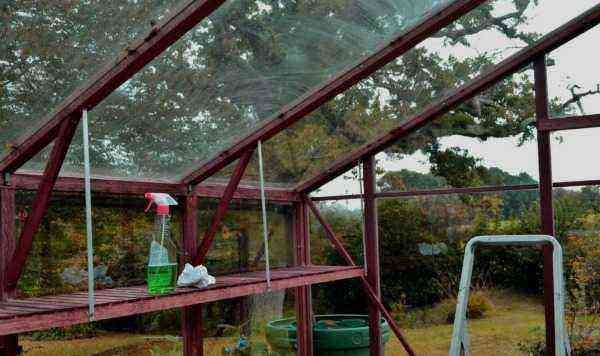Growing vegetables should be fun, backed by a decent harvest. Numerous tomato diseases that can be combated become an obstacle to success. To do this, you need to be able to recognize the very first signs of the disease and take immediate measures to eliminate the causes.
Cladosporiosis develops quickly, affects plantings in open ground and greenhouses, but it is also easy to notice. Attentive attitude to plants and certain knowledge will help save the crop.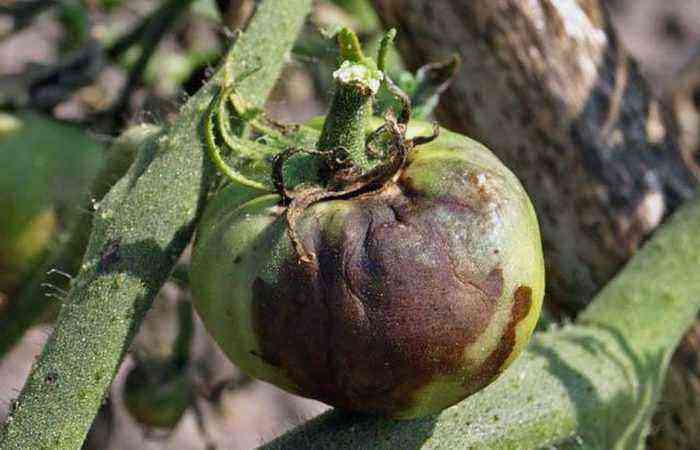
Cladosporiosis or brown spot of tomatoes
Another name for the disease is brown (or olive) spotting. This fungal disease first affects the lower leaves of tomatoes. If timely measures are not taken, irreversible changes in their shape and color will quickly occur. Leaf blades will begin to turn yellow, dry out and die completely. The mass death of leaves leads to a deterioration in photosynthesis, and the yield of fruits is sharply reduced. More often, the disease occurs in protected ground conditions in weakened plants.
The causative agent of cladosporiosis is a very viable fungus Cladosporium fulvum (Cooke) Cifferri [syn.: Fulvia fulva]. The spores of the fungus can withstand both low and high temperatures for a long time.
Signs of the disease
The first signs of illness usually appear on the lower leaves. Rounded yellow-brown spots appear on the upper side of the leaf blade.
On the lower part of the plate, they have a light gray bloom, which later becomes brownish-brownish with a velvety, denser structure. This is what conidial sporulation looks like, which later becomes a source of infection for other plants. The plates begin to wrinkle, curl, turn brown and dry out.
When appears
Most often, the signs of the disease are most actively manifested during flowering and fruit formation, this occurs in the middle of the tomato growing season. By the second half of summer, the most favorable weather conditions for the development of the fungus are formed.
Distribution method
Plants are affected when they are attacked by fungal conidia that reproduce asexually. Conidia are very light, their colonies resemble dust that settles on various objects, tools and structures. Therefore, infection can occur when working with contaminated tools.
Spores are also dispersed when watering with a jet of water, air or by shaking the plants. The danger lies in the fact that conidia are able to exist for a long time without host plants, overwinter in the soil and infect new seedlings in spring. Even quite resistant varieties suffer from exposure to certain races of the pathogen. In a greenhouse, Cladosporium fulvum can live up to 10 years.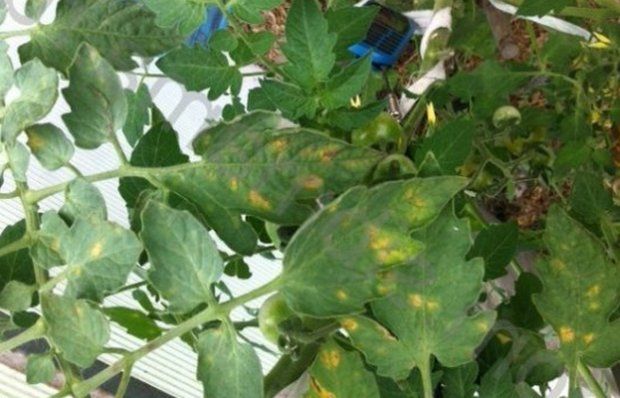
Conditions for development
The optimal temperature background for the development of tomato cladosporiosis is 20-28°C. The spread of the disease is facilitated by temperature changes in conditions of high humidity.
It is the most important factor for the life of the fungus. When the air humidity is more than 80%, the conidia of the fungus that have fallen on the leaves of the tomato come to life and germinate, and at 90-95% humidity, the conditions become most favorable.
Attention! At humidity below 70%, the development of the fungus is inhibited.
Treatment of tomatoes from cladosporiosis
Preparations
- Broad-spectrum fungicides “Bravo”, “NeoTech” are used strictly in accordance with the manufacturer’s recommendations, as they are strong chemicals that can burn healthy leaves. Two treatments are carried out with an interval of 10-14 days with a strong lesion.
- Copper-containing preparations such as “HOM” (copper oxychloride) are very effective. 10 g of the product is added to 40 liters of water and the plants are sprayed at the first signs of the disease.
- Polycarbacin (1 tablespoon), colloidal sulfur (3 tablespoons) and copper sulfate (1 tablespoon). The preparations are thoroughly dissolved in 10 liters of water, a little liquid soap is added and used for spraying.
- Trichodermin. It is a biological agent, the active substance of which is the spores and mycelium of the fungus Trichoderma lignorum, it destroys the causative agent of cladosporiosis.
Other antifungal agents used against cladosporiosis: Abiga-Peak, Kuproksat, Polyram, Spartak, Fitosporin-M, Bogatyr Extra, Bravo.
Folk remedies
In the fight against plant diseases, gardeners successfully use various folk methods. And although they do not always help with a serious level of damage, they are quite suitable as prophylactic agents and at the first signs of brown spotting.
- Milk with iodine.
Used in proportion:
- milk – 500 ml;
- water −5 l;
- iodine – 15 drops.
It is even better to take a milk solution without water. Then 1-30 drops of iodine and 35-20 g of laundry soap are added to 25 liter of milk (for better adhesion of the solution).
- Potassium permanganate solution.
Plants can be sprayed with a slightly pink solution of potassium permanganate in its pure form or with garlic broth and alternate with decoction or ash infusion treatments.
- Decoction of wood ash.
Ash is used in many ways, it is not only effective in the fight against fungus, but also strengthens the immunity of plants and provides additional nutrition. For cooking:
- 300 g of ash is poured into 10 liters of water and boiled for 15 – 20 minutes;
- 3-4 kg of ash is poured with hot water (10 l), stirred occasionally and infused for 2-3 days. The light, settled part is drained and diluted with water up to 25-30 liters. For sticking add laundry soap (25-30 g).
- Milk serum.
Spray solution is prepared by adding 1 liter of whey to 10 liters of warm water and mixing thoroughly. The proportion of serum can be increased.
- Garlic tincture.
Make a remedy from 200-300 g of chopped garlic (or 0,5 kg of arrows) and 10 liters of water. The solution is infused in a warm place for a day, the soil under the plants and the plants themselves are sprayed with it. To improve the antifungal properties, 2-3 g of potassium permanganate is added to the solution.
From the video you can learn how to prevent the appearance of the cladosporiosis fungus, what to do if the plant is already infected.
Cultivation after a disease
To disinfect the soil, there are various antifungal agents. Biological preparations are the safest of them. The most popular is trichodermin. It is used when cultivating the soil for growing seedlings, for sterilized or steamed soils and directly into the holes.
In order to increase the effectiveness of the drug on tomato plantings, soil mulching is practiced. Apply according to instructions.
The soil is also shed with solutions of “Fundazol”, copper sulfate or potassium permanganate.
Tomato varieties resistant to cladosporiosis
For greenhouses, predominantly tall hybrid varieties are used, such as:
- Pink Paradise F1 (mid-season, high-yielding variety; pink fruits, tasty, dense, weighing 130-150 g);
- Marissa F1 (bush type is indeterminate, the plant reaches a height of 3 m; fruits are dense, uniform, with good taste characteristics, weighing up to 150 g; high yield);
- Spartak F1 (mid-season, high-yielding, very tasty variety of universal purpose; well-established in the open field);
- Opera F1 (mid-season variety with high taste, universal purpose; fruits are small, red, about 100 g; yield from one bush is about 5 kg).
From medium-sized, we can recommend:
- Charisma F1. The variety is resistant to low temperatures, has a high yield and good taste, universal fruits weighing 130-150 g.
For low shelters, undersized variety:
- Bohemia F1. Plant height up to 80 cm. It is also successfully grown in open ground. Fruits weighing up to 150 g. The yield is small, about 4 kg / m², but it is compensated by high resistance to diseases, weather conditions and unpretentiousness.
Hybrid varieties are well adapted for open ground:
- Red Arrow F1 (early, short, very resistant variety, providing a consistently high yield; fruits are beautiful, even, tasty and fragrant);
- Our Masha F1 (medium-early variety with good taste, unpretentious, high-yielding; fruits are fleshy, maturing, weighing 150-180 g, ripen well when removed);
- Titanic F1 (medium early, tall variety for greenhouses and open ground; fruits are large, fleshy, with a thin skin and good taste);
- Forsage F1 (early-ripening variety with excellent taste characteristics, compact bush shape and good yield; plum-shaped fruits weighing up to 150 g);
- Crunch F1 (has an original yellow color, fragrant melon taste, a dense crispy texture; the fruits are perfectly stored).
For different territories, zoned varieties are selected that are more suitable for local conditions. Resistant hybrids are well suited for regions with an unstable climate:
- Olya F1 (early ripe, high-yielding, salad variety; fruiting is friendly; resistant to diseases, low temperatures, heat);
- Ural F1 (large-fruited, medium-sized, cold-resistant variety; fruits weighing 300-350 g, with excellent taste);
- Vologda F1 (mid-season, carpal, resistant and unpretentious variety; fruits are medium-sized, weighing about 100 g, but beautiful, even, have high commercial and taste qualities; yield from one bush is about 5 kg).
Other popular varieties resistant to cladosporiosis can be noted:
- Heavenly delight, Vezha, Funtik, Giant, Evpator, Raisa, Red Comet, Space Star F1, Lemon Boy F1.
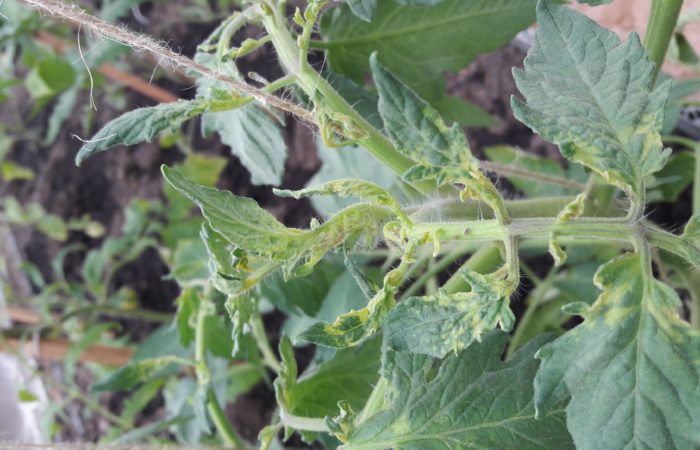
Basic preventive measures for greenhouses and open ground
In order to prevent the spread of fungal diseases, it is necessary to take preventive measures in a timely manner:
- burn infected leaves, grass and plant debris;
- process the greenhouse (after harvesting plant residues, all structures must be treated with Bordeaux liquid, the greenhouse itself is fumigated with a sulfur checker, the top layer of soil after the outbreak of the disease is removed or disinfected);
- cultivate the soil after harvesting the plants;
- do not place bushes close, follow the planting patterns recommended for various types of crops;
- provide regular ventilation, optimal temperature and humidity.
Treatment of plants with general strengthening preparations that increase immunity and resistance is recommended. It can be sprayed during the fruiting period with the Effekton-O preparation once a week (2 tablespoons per 10 liters of water).
Tips
- It is better to grow seedlings for your site yourself or purchase in specialized farms that guarantee quality.
- Do not use the fruits of affected plants for seed production.
- Tomatoes affected by cladosporiosis can be eaten, as they are completely harmless. However, on diseased bushes, the yield is minimal, small, significantly inferior in taste and quality.
Compliance with agrotechnical, preventive measures when growing tomatoes will prevent the development of cladosporiosis and other diseases without resorting to the use of chemicals that are harmful to health.

